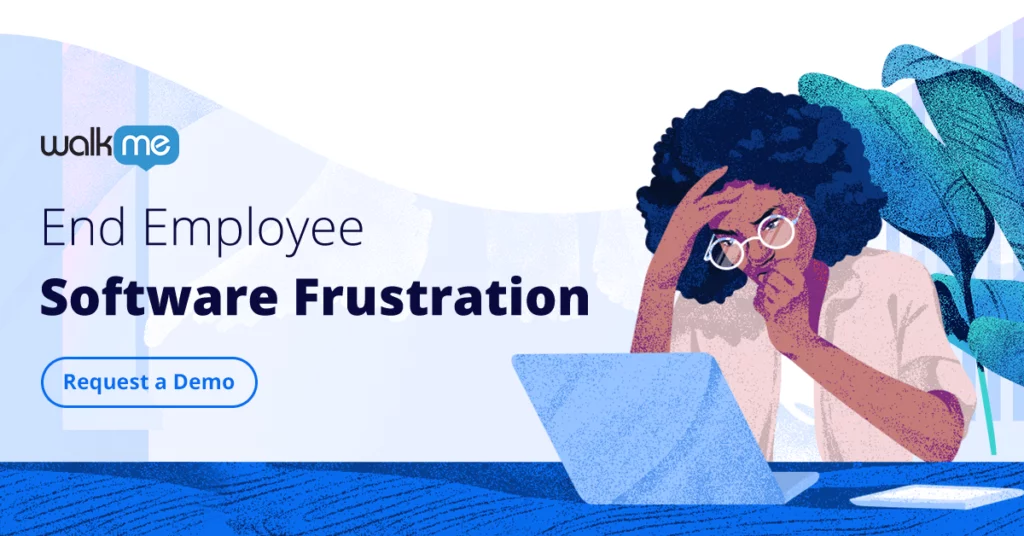What is an Employee Assistance Program (EAP) and should your organization have one?
Most of us are familiar with the common benefits programs offered by employers, such as medical and dental programs. Yet EAPs, programs that support emotional and mental well-being, often receive less attention.
In the past year, however, employees’ emotional health became a bigger concern for many organizations. The effects of the pandemic, such as social isolation and the impacts of COVID-19 on loved ones, found their way into many people’s lives and into the workplace.
For those concerned about these effects, introducing EAPs is a logical step to take—as well as being the right thing to do.
Below, we’ll learn what EAPs are, the impacts they have, and we’ll also look at a few points to keep in mind when implementing them.
What is an employee assistance program (EAP)?
An Employee Assistance Program (EAP) is a formal service provided by employers that tends to focus on employee wellbeing topics outside the scope of traditional medical services.
EAPs focus on assisting employees with:
- Mental and emotional health issues
- Grief counseling
- Drug addiction
- Legal and family counseling
- Workplace conflicts
- Financial advice
- Physical health counseling
Employers that provide EAPs to their workforce can also benefit from these initiatives. After all, employees’ emotional and mental health issues can and do affect the workplace.
From the employer’s perspective, an EAP can:
- Reduce personality conflicts within teams
- Mitigate personal issues that interfere with employee performance
- Attract talented workers who want to work for organizations that are in touch with the needs of their employees
- Reduce worker compensation and mental health claims
- Increase employee retention
An EAP can improve workplace performance and therefore generate positive outcomes for both employees and their employers.
The breakdown of EAPs
Next, we’ll look at a high-level overview of EAPs, how they are structured, and how they are delivered:
EAP services are usually outsourced to third parties who are contracted by the employer. In certain cases, employers may provide some or all services in-house, but this option can be quite costly, so it is less common.
Benefits usually come in the form of counseling and consultations. These are offered either online or in-person. Over the past year and a half, many healthcare organizations around the world transitioned to online telehealth services, and mental health providers did the same.
EAPs are confidential. As with any other medical service, all information is legally held in the strictest confidence. Employers are given no access to employees’ specific information or requests. That being said, anonymized aggregate data may be shared with employers to understand if negative trends are growing.
Costs for employees are minimal. The more employees an organization has the lower its cost to the individual worker. Annual costs typically average $50 a year for small businesses, decreasing as the size of the organization increases. Fees will also depend on other factors, such as the type of delivery model used.
Every EAP should be customized to fit the needs of the workforce. An older employee population has different needs from a younger workforce, just as office workers would have different needs from manual laborers. Every organization should therefore evaluate its workforce’s needs against the benefits provided by EAP vendors.
Employee assistance can clearly benefit employees, which is probably why most organizations offer EAPs to their workforce. As with any other business investment, it is important to evaluate the pros and cons of a program before making any commitments.
Key points to consider when implementing an EAP
Here are a few considerations and tips to keep in mind when structuring your own EAP program:
To earn buy-in from executives, calculate ROI and build a business case
According to the Employee Assistance Trade Association, EASNA, investments in EAP programs can generate $3 or more for every $1 spent.
Despite these findings, it is important to note that calculating the exact ROI of an EAP may be difficult, if not impossible. The majority of issues dealt with by EAPs revolve around challenges that are frequently undiagnosed and unreported.
There are metrics that can be used to determine the effectiveness of an EAP, however, such as the EAP’s overall utilization and employee feedback regarding the program.
Not all employees are aware that EAPs exist
SHRM suggests that managers promote EAPs, especially if they are underutilized.
Building awareness of EAPs and their benefits can increase their usage, which can ultimately help employers and employees realize the full value of those programs.
It is also a good idea to not just tell employees that an EAP exists, but to explain how it works in detail and answer any questions employees may have.
Learn how digital technology is affecting EAPs
Today, many EAPs offer digital solutions, such as apps and online counseling sessions. On the one hand, these digital offerings can make EAP benefits more convenient for employees and even increase the use of those programs.
Yet employers must take care to understand the implications of EAP apps and using digital tools for communications. Since confidentiality is paramount, digital security should also be a top concern—this means both adopting secure IT systems and also educating employees on cybersecurity best practices. HR and IT should work together to ensure that the security issue is completely covered.
Additionally, using the right software, such as WalkMe for HR, can help HR managers promote EAPs, streamline EAP onboarding, and more.


